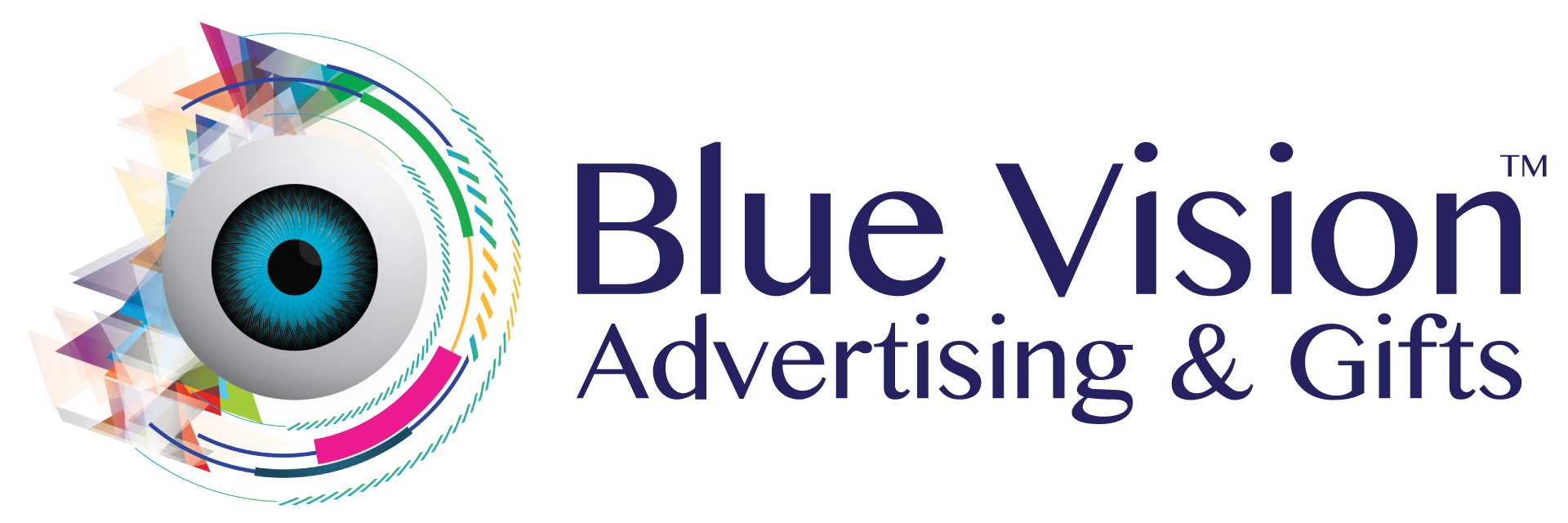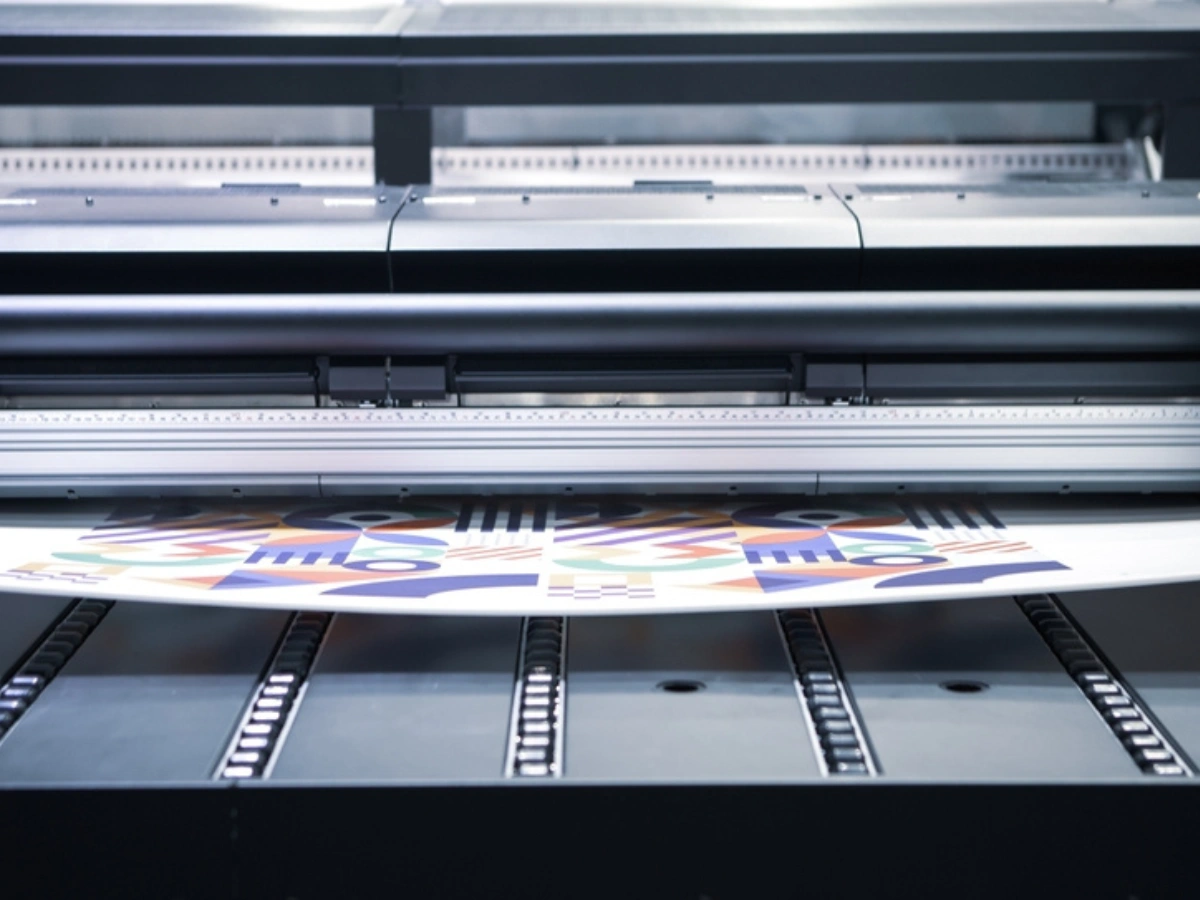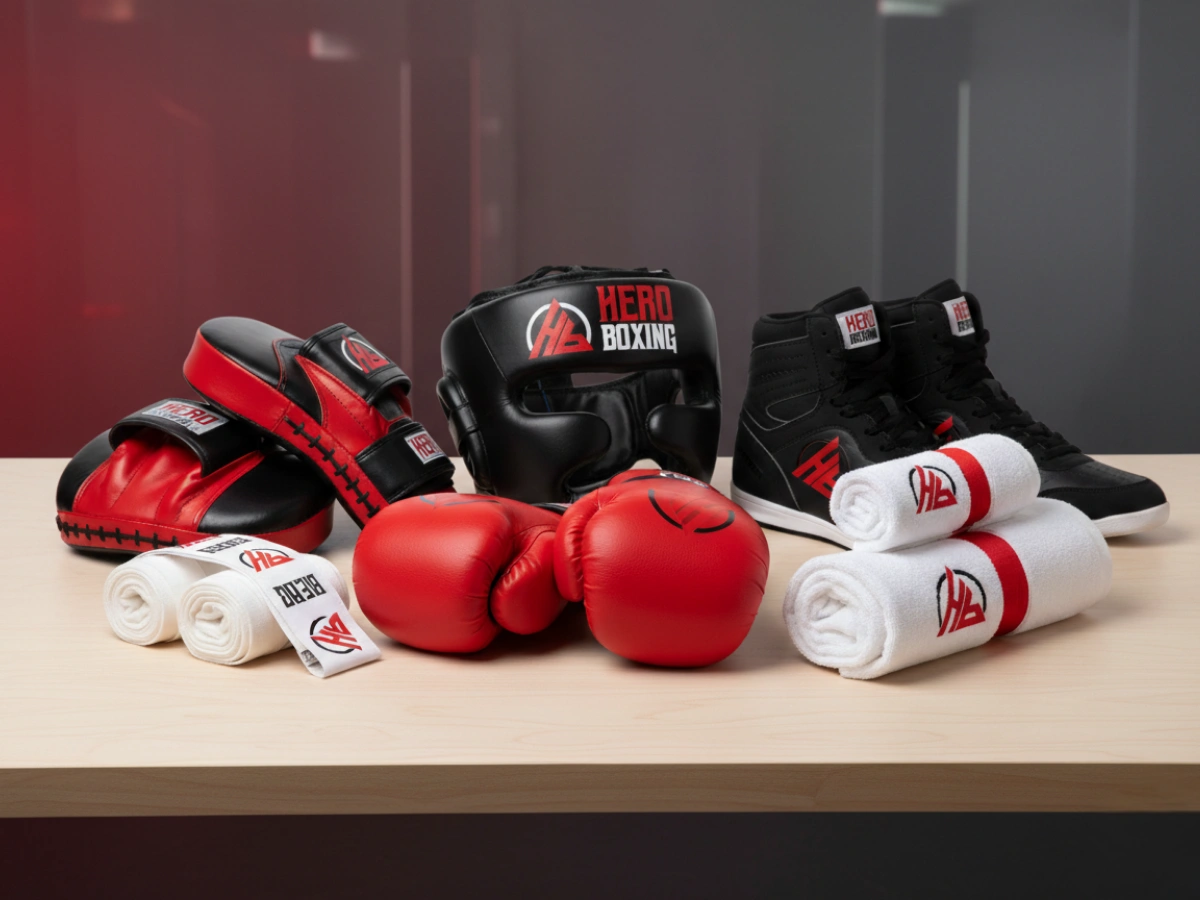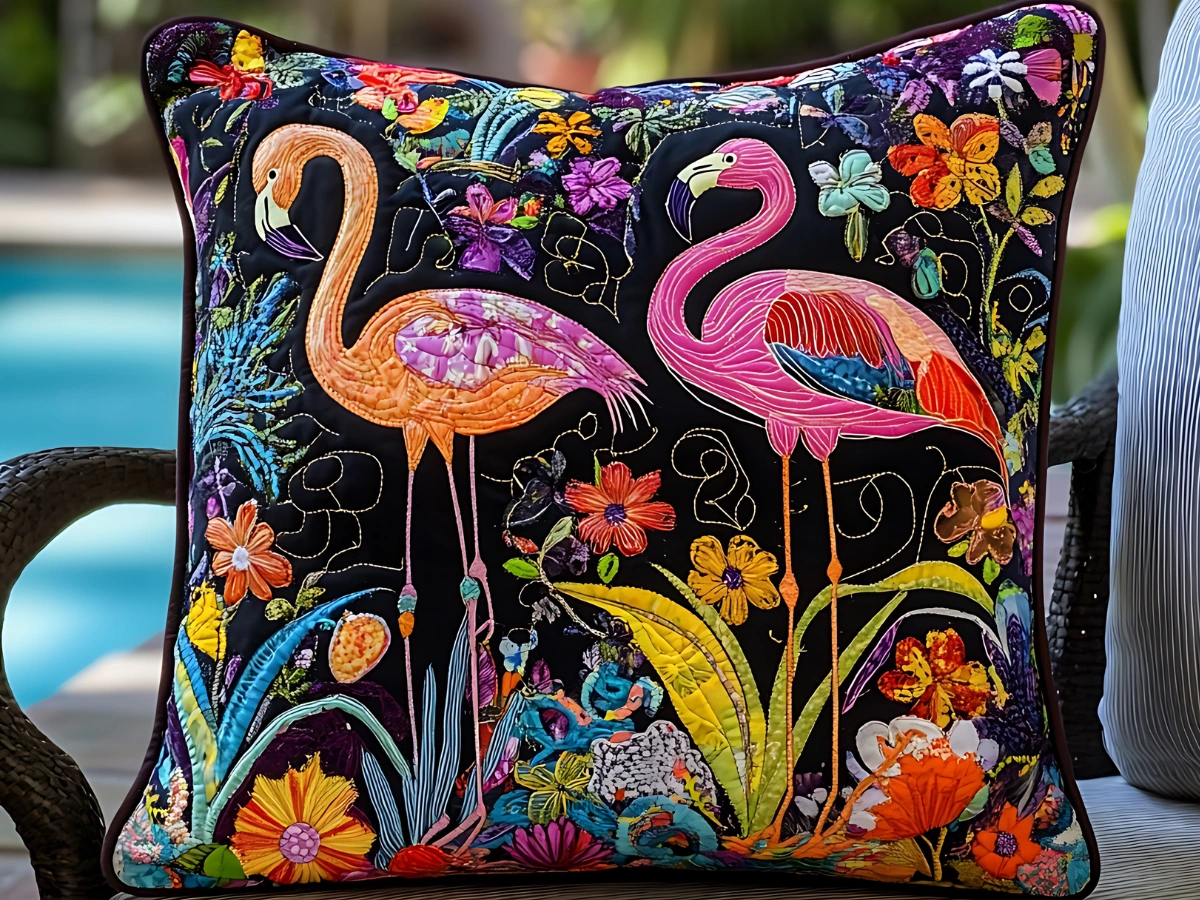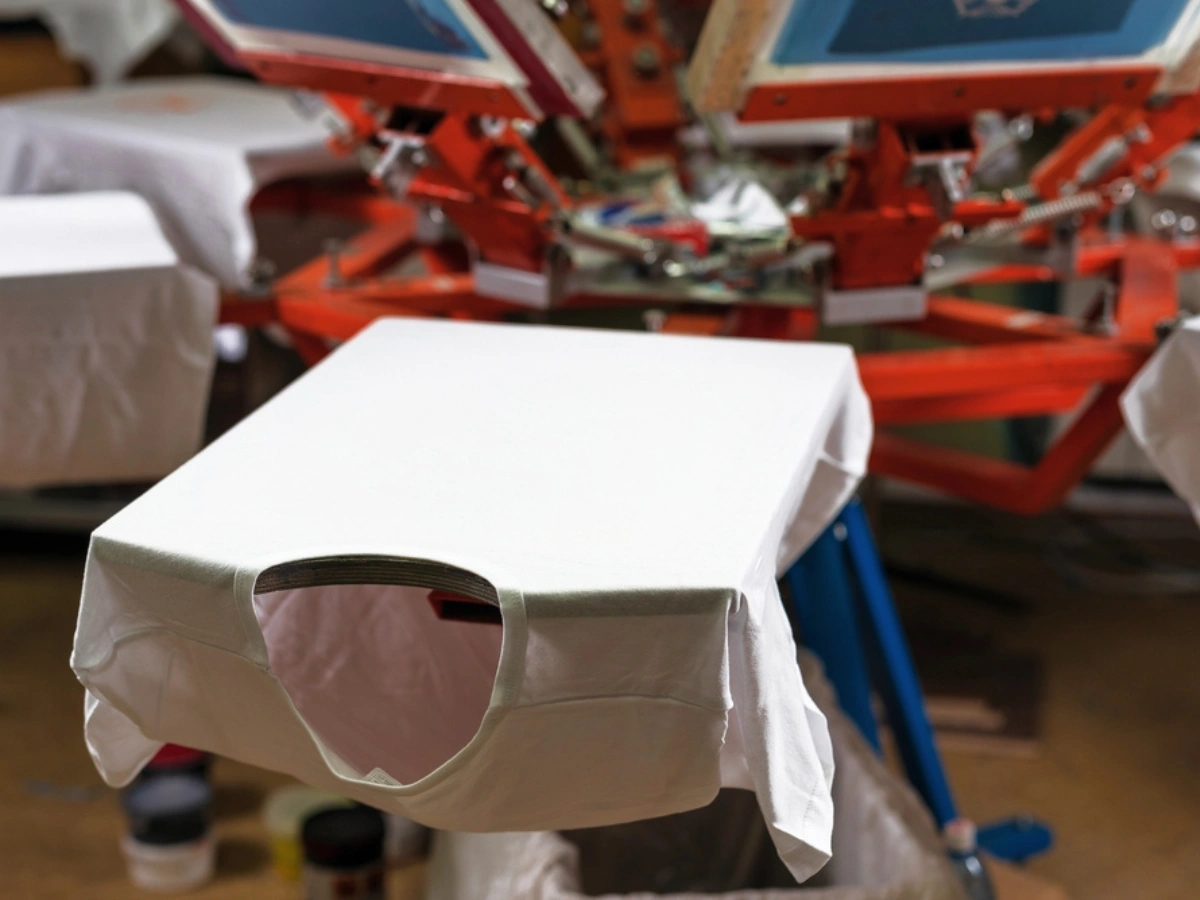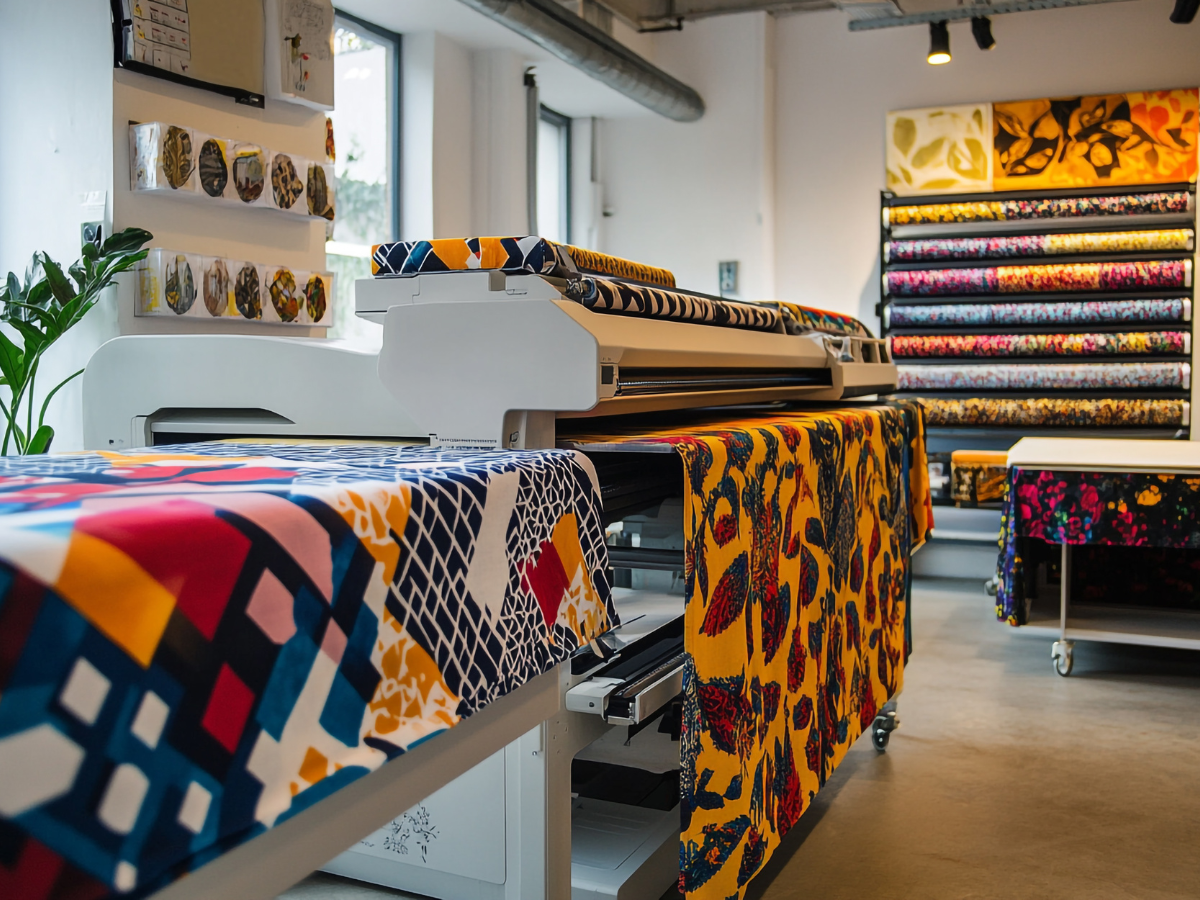Chef uniforms represent professionalism, cleanliness, and kitchen functionality. Like every industry with a dress code, there are rules. In a busy restaurant or a cosy bistro, the right chef uniform helps chefs perform well and reflects the brand and standards. From basic whites to new designs, this guide will explain chef uniform essentials, optional and off-limits.
1. Chef Uniform Essentials
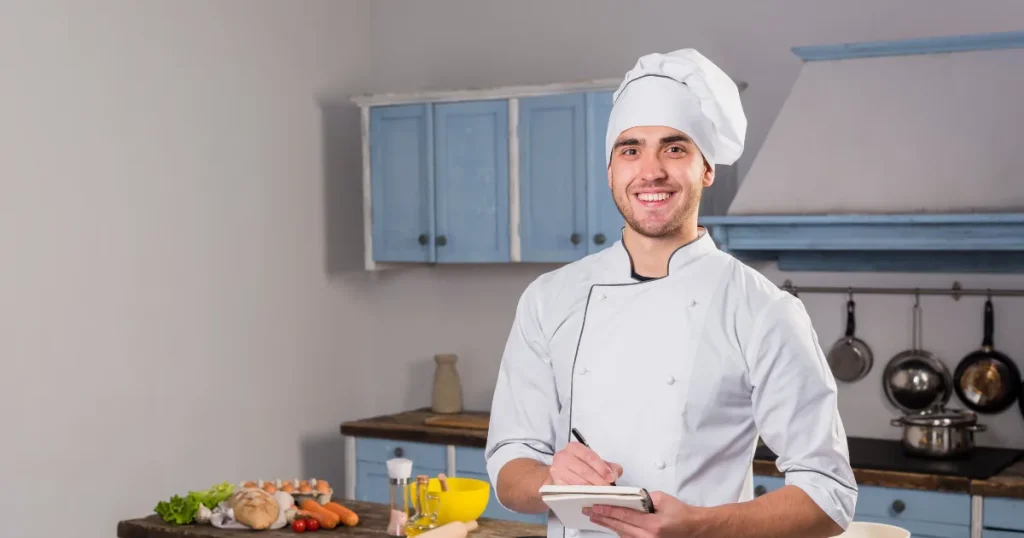
The typical chef uniform includes a jacket, slacks, hat, and apron. Each part is important for kitchen safety, hygiene, and comfort:
- Chef Jacket:
- The chef jacket is the centerpiece of the chef’s uniform. White represents cleanliness and professionalism, while the double-breasted style lets the cook reverse it if it gets dirty.
- Chef Pants:
- Loose, breathable chef pants are designed for comfort in hot kitchens. Pants in checkered or dark colors are common, as they mask stains well. Options for women’s chef uniforms now include slimmer fits to suit different preferences.
- Apron:
- The apron keeps the chef’s jacket and pants clean longer by preventing spills. Durable, easy-to-clean, and stain- and heat-resistant aprons are ideal.
- Chef Hat:
- Chef Hats, or “toques,” are functional. It helps keep hair out of the food and represents the hierarchy in the kitchen. For those with longer hair, hats with back straps are helpful in keeping everything tidy.
- Non-Slip Shoes:
- Shoes are a crucial part of the uniform chef kitchen setup. Comfortable, non-slip, and closed-toe ensure injury prevention and support throughout lengthy shifts.
2. Modern Styles and What’s Acceptable
As kitchens evolve, so do chef uniforms. In today’s culinary world, classic designs coexist with modern styles. Here are a few acceptable variations:
- Color Choices:
- White remains the gold standard for chef uniforms, but black and gray are becoming popular choices, especially for executive chefs or head chefs. These colors offer a contemporary look and may hide stains better.
- Embroidery and Branding:
- Custom embroidery, like the chef’s name, restaurant logo, or position title, is acceptable and can add a touch of personalization. Branding helps create a cohesive look, especially in open kitchens where uniform chef kitchen attire is visible to guests.
- Women’s Tailored Uniforms:
- Comfortable and stylish options for women in the culinary sector were introduced. Chef uniform women can seem professional and comfortable with jackets with defined cuts, smaller pants, and adjustable aprons.
- Fabrics and Materials:
- Breathable fabrics and materials like cotton or poly-cotton blends. Some chefs use moisture-wicking or fire-resistant textiles for comfort and safety.
3. Chef Uniform No-Nos: What’s Not Acceptable
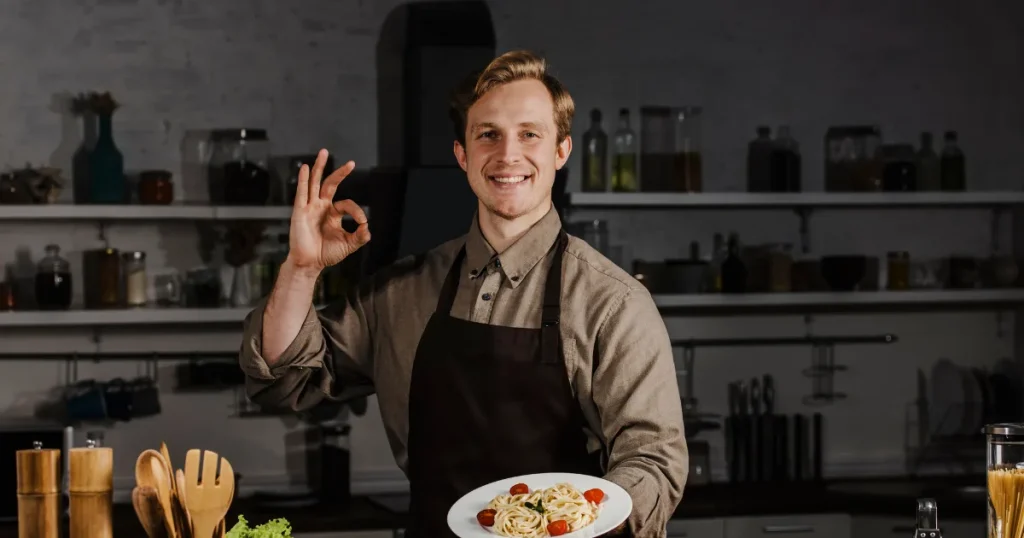
While there’s some flexibility in modern chef attire, there are also clear boundaries for what’s considered unacceptable in a chef uniform:
- Bright Colors and Patterns:
- Although specific colors are acceptable, flashy patterns or neon colors can be distracting and are generally discouraged. The uniform chef kitchen standard emphasises simplicity and professionalism.
- Short Sleeves or Sleeveless Jackets:
- Long sleeves protect against heat and spills, thus short sleeves or sleeveless jackets are not advised unless the uniform policy promotes lightweight materials
- Open-Toe Shoes:
- Even in hot weather, these shoes are unsuitable for the kitchen. For safety from hot spills, sharp objects, and slippery floors, closed-toe shoes are required.
- Jewelry:
- Jewelry can compromise kitchen hygiene and safety. Food particles and bacteria can get caught in rings, watches, bracelets, and necklaces. Some kitchens allow small, secure stud earrings, but not dangling ones.
- Hats or Caps with Loose Fabric:
- Only well-fitted hats or caps are allowed. Around fires or hot surfaces, loose clothes can be dangerous. A chef uniform for women or men’s chef hat should fit securely, covering the hair effectively.
4. Dress Code Guidelines for Women Chef Uniforms
While the traditional chef uniform works for everyone, there are now specialized women’s chef uniform options that take into account comfort and style preferences. Here are a few elements specific to chef uniform women that are acceptable:
- Tailored Jackets:
- Women-specific chef jackets often come with a slimmer, more contoured fit, offering a comfortable but professional appearance.
- Elasticated Waistbands:
- For comfort, especially during long shifts, some women’s chef uniform pants feature elasticated waistbands or drawstrings.
- Flexible Hat Styles:
- While the traditional toque remains common, some women chefs prefer caps or head wraps that are secure and comfortable.
However, as with all chef attire, the priority should remain on functionality, safety, and hygiene, so any additions to a chef uniform women should meet these essential standards.
5. Why Chef Uniform Dress Codes Matter
A consistent chef uniform dress code serves many purposes in the culinary industry:
- Safety:
- Well-designed chef uniforms prevent spills, burns, and cuts. Long sleeves of a chef’s jacket protect the arms from heat, while robust aprons add another layer.
- Hygiene:
- Chefs’ uniforms keep them away from food. When everyone in the kitchen follows the uniform chef kitchen dress code, it minimises hygiene risks and helps maintain food safety.
- Professionalism:
- A chef’s appearance affects restaurant customers’ perceptions. Clean, well-fitted chef uniforms convey professionalism and care, eliciting client confidence.
- Brand Identity:
- Open-kitchen restaurants have uniforms. Branded chef uniforms can match the restaurant’s theme and provide a cohesive image.
6. Final Thoughts on Chef Uniform Dress Code
Choosing the right chef uniform involves balancing tradition, functionality, and comfort. As kitchens modernize and cooks want more personalization, acceptable styles, and designs have broadened, but some norms remain.
Choose a chef uniform based on materials, comfort, and safety, whether for a high-end or informal restaurant. For women’s chef uniform options, the added flexibility of tailored fits and designs offers a welcome change without compromising professionalism. Meanwhile, for men, sticking to the tried-and-true components of a uniform chef kitchen remains essential.
A nice chef uniform looks good and is functional in the kitchen. Having a specific dress code helps cooks represent their profession professionally and maintain the greatest safety and sanitary requirements. Shop Chef Uniforms for the Kitchen to find styles that balance tradition, comfort, and durability for every culinary setting.
